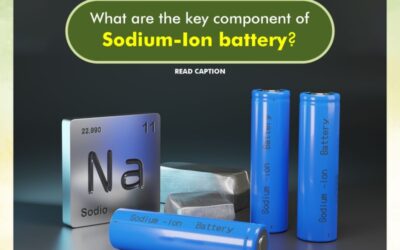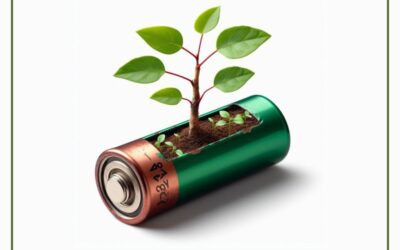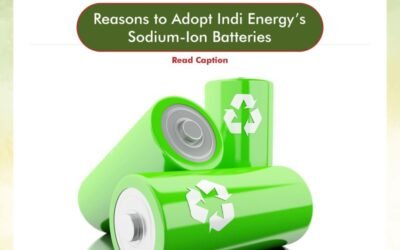
This is the twenty-fourth issue, “Sodium-ion Batteries Technology Updates,” a series from Indi Energy, one of the world’s leading sodium battery companies and India’s first indigenous sodium-ion battery innovators.
Indi Energy, one of the world’s leading sodium battery companies, has gained recognition as the DRDO 3.0, NSA’22, & SIDBI Environmental Challenge Winners’24. In the last five years, we have researched, developed, and commercialized sodium ion batteries and customized sodium-ion battery packs as part of the Make in India initiative, setting a global standard by redefining energy storage solutions sustainably. From research and supply chain to manufacturing, we continuously strive to innovate and improve our processes to meet the evolving needs of our customers and the world.
In the twenty-fourth issue of our sodium-ion battery technology updates, we’ll explore the evolution of batteries from before 2000 BC to today. We’ll focus on the history of four prominent batteries, which we believe have had the biggest impact on battery technology. Let’s get started!
Let’s learn about the evolution of batteries!
- The Baghdad Battery, also known as the Parthian Battery, was a ceramic pot battery and is said to be one of the world’s oldest batteries, dating back more than 2000 years. It was discovered in the remains of Khu jut Rabu, a village on the outskirts of Iraq’s capital, Baghdad.

The pot contained a copper cylinder in which an iron rod was suspended. Both of these components were held in place with an asphalt plug in a liquid acidic solution such as vinegar or wine, producing an estimated voltage of 1.5–2 volts. Scientists believe these batteries were used for electroplating, a process where a thin layer of metal is transferred onto another metal surface
The Voltaic Pile, invented by Italian physicist Alessandro Volta, is an early type of battery. It consists of stacks of copper and zinc discs, separated by pieces of cloth or cardboard soaked in an electrolyte solution.

When the metals and electrolytes in the voltaic pile come into contact, a chemical reaction happens. This creates an electrical potential difference between the metal layers, allowing electric current to flow through an external circuit connected to the pile. These early batteries were essential to the development of modern electrical technology.
- The lithium-ion battery was created in 1979 thanks to the work of Stanley Whittingham, John Goodenough, and Akira Yoshino. They were awarded the Nobel Prize in Chemistry in 2019 for developing a technology that has significantly transformed our way of life.

Lithium cells consist of two electrodes: a positive cathode made of materials like LFP, NMC, or LMO, and a negative anode usually made of carbon or graphite. A thin layer of ceramic or plastic polymer, called a separator, keeps them apart. The cell is filled with an organic liquid electrolyte that covers the electrodes and allows lithium ions to move between the cathode and anode.
- Sodium-ion batteries work similarly to lithium-ion batteries. They store energy by changing electrical energy into chemical energy, which can be converted back into electrical energy when needed.

Sodium-ion batteries have three main parts: a positive cathode, a negative anode, and a separator that keeps them apart. The separator contains a binder and an electrolyte made of sodium salt dissolved in a suitable solvent. This electrolyte allows sodium ions to move between the electrodes while keeping them electronically insulated.
At Indi Energy, we are one of the pioneering sodium battery companies in India. Our goal is not only innovation but also making our innovation accessible globally.If you think you can help us, we are inviting partnerships with industries, investors, and manufacturers to take the lead and incorporate our revolutionizing products to make their businesses better and overhaul electric storage systems. Connect with us on Twitter, Facebook and LinkedIn, or through our contact page. Share your thoughts and expertise, and let’s explore how we can explore the possibility of a sustainable future powered by sodium-ion battery technology.






